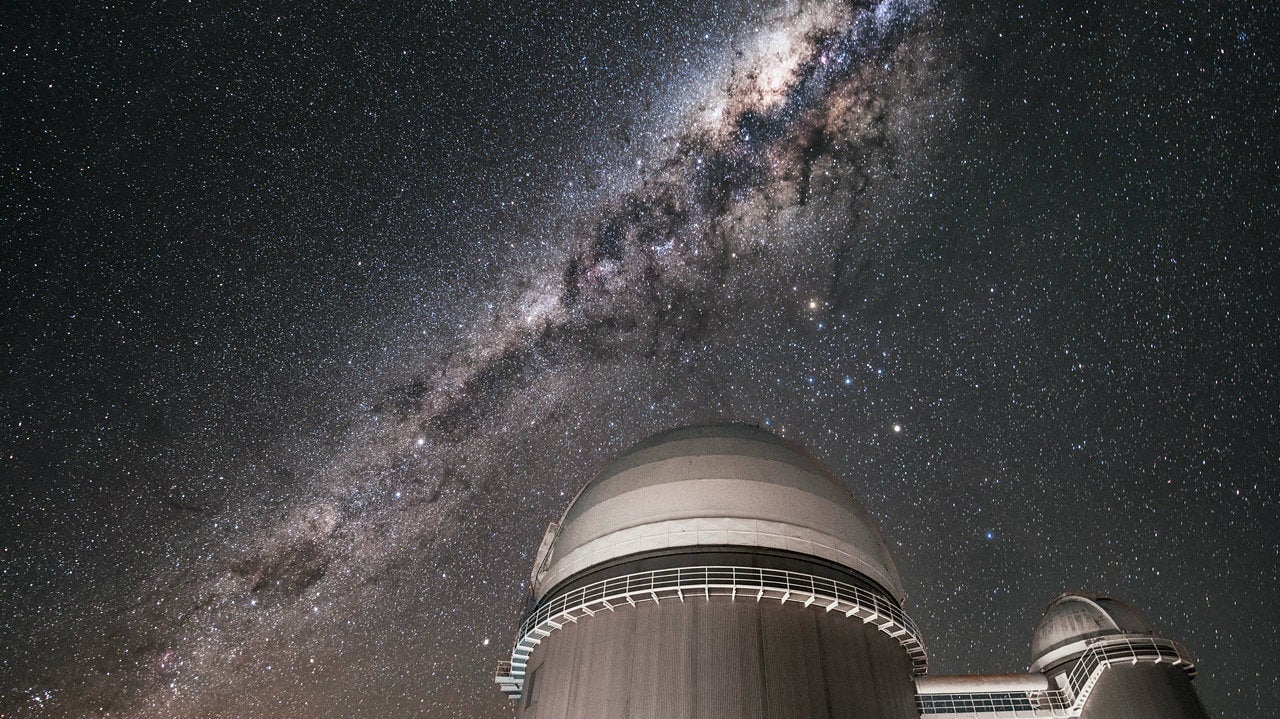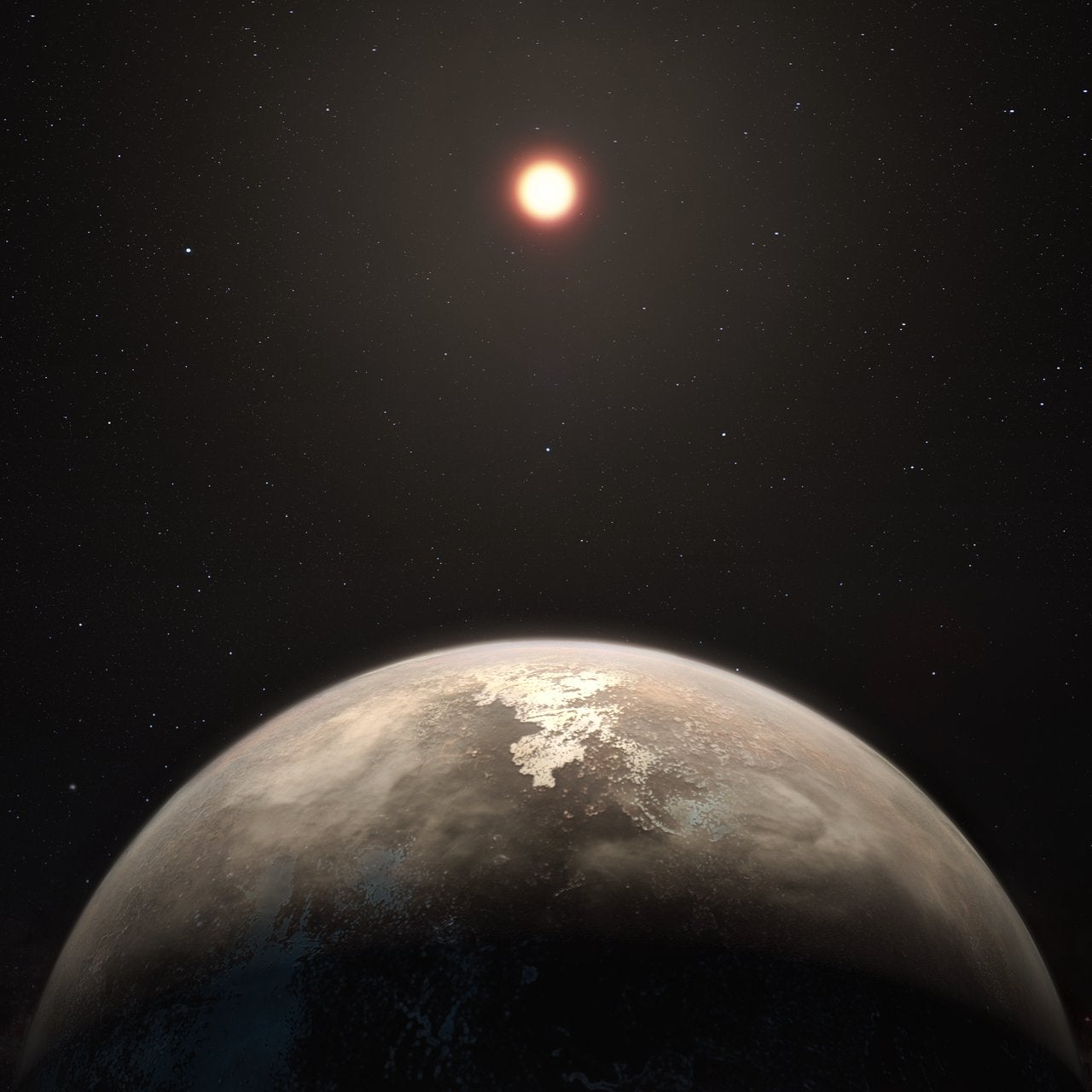Astronomers found a new planet that could be a “comfortable” home for life
Scientists have discovered an exoplanet—relatively nearby in cosmic terms—that could be the best candidate for finding life outside Earth.


Scientists have discovered an exoplanet—relatively nearby in cosmic terms—that could be the best candidate for finding life outside Earth.
The new exoplanet, named Ross 128 b, has many of the properties necessary for supporting life: It’s a similar size to Earth, it has a rocky surface, and the distance from its star potentially puts it in the “habitable zone”— the area around a star where temperatures allow water to remain liquid on the surface of a planet.
Ross 128 b is 11 lightyears away, the second-closest exoplanet to Earth. (An exoplanet, or extra-solar planet, is one that orbits a star outside of our solar system.)
How Ross 128 b was found
The discovery was made after over a decade of “intensive monitoring” using the High Accuracy Radial velocity Planet Searcher (HARPS) instrument, a high-contrast imaging and high-dispersion spectrograph, installed on the the ESO 3.6m telescope at La Silla Observatory in Chile. The team has published its findings in the scientific journal Astronomy & Physics.
The closest exoplanet to us, Proxima b, orbits the star Proxima Centauri, a very active red-dwarf star that emits powerful radiation. It receives 30 times more extreme ultraviolet radiation than Earth, so any life there is very unlikely. Ross 128 b also orbits a red dwarf, but its star is much less active, so the surface of the planet is likely more temperate.

Why it could possibly support life
Red-dwarf stars are cool, dim and fairly common in the universe. There are many exoplanets orbiting dwarf stars with the potential to support life, but most of those stars are very active and throw off enough radiation to destroy anything living. Ross 128 is a very “quiet” star, the calmest red dwarf known to have a planet orbiting it, meaning its solar system could be conducive to supporting life.
“Because Proxima Centauri blasts its planet with strong flares and high energy radiation, yes, I think Ross 128 is much more comfortable for the development of life,” Dr. Nicola Astudillo-Defru, one of the researchers on the project, told BBC News.
Ross 128 b orbits 20 times closer to its star that the Earth orbits the Sun, yet the exoplanet’s star is a lot smaller and weaker than ours, so Ross 128 b receives a similar amount of solar radiation as Earth.
Astronomers still don’t know what the atmosphere of Ross 128 b is like, and therefore don’t know if its surface temperature is comfortable enough to support life. Scientists say a planet needs temperatures between -60°C and +20°C to be considered temperate.
What’s ahead in examining exoplanets
The next step is for astronomers to study the atmospheric chemistry of exoplanets like Ross 128 b using powerful new telescopes such as the ESO’s Extremely Large Telescope (ELT) and NASA’s James Webb Space Telescope, which will begin operations within the next few years. If scientists are able to detect gases like oxygen in the atmosphere of Ross 128 b, that could be a good indicator of biological processes on the planet.
When the ELT comes online, “It shall provide both the collecting power and the angular resolution to observe Ross 128 b directly. We will be able to see if it has an atmosphere and, eventually, to search for O2, water and CH4 (methane),” the study’s lead author, Dr Xavier Bonfils of the Institute of Planetology and Astrophysics in Grenoble, told the BBC.
If scientists are able to detect atmospheric biomarkers, we might have new next-door neighbors in just a bit—the Ross 128 red dwarf is moving towards Earth and will become the nearest star to us in 79,000 years.